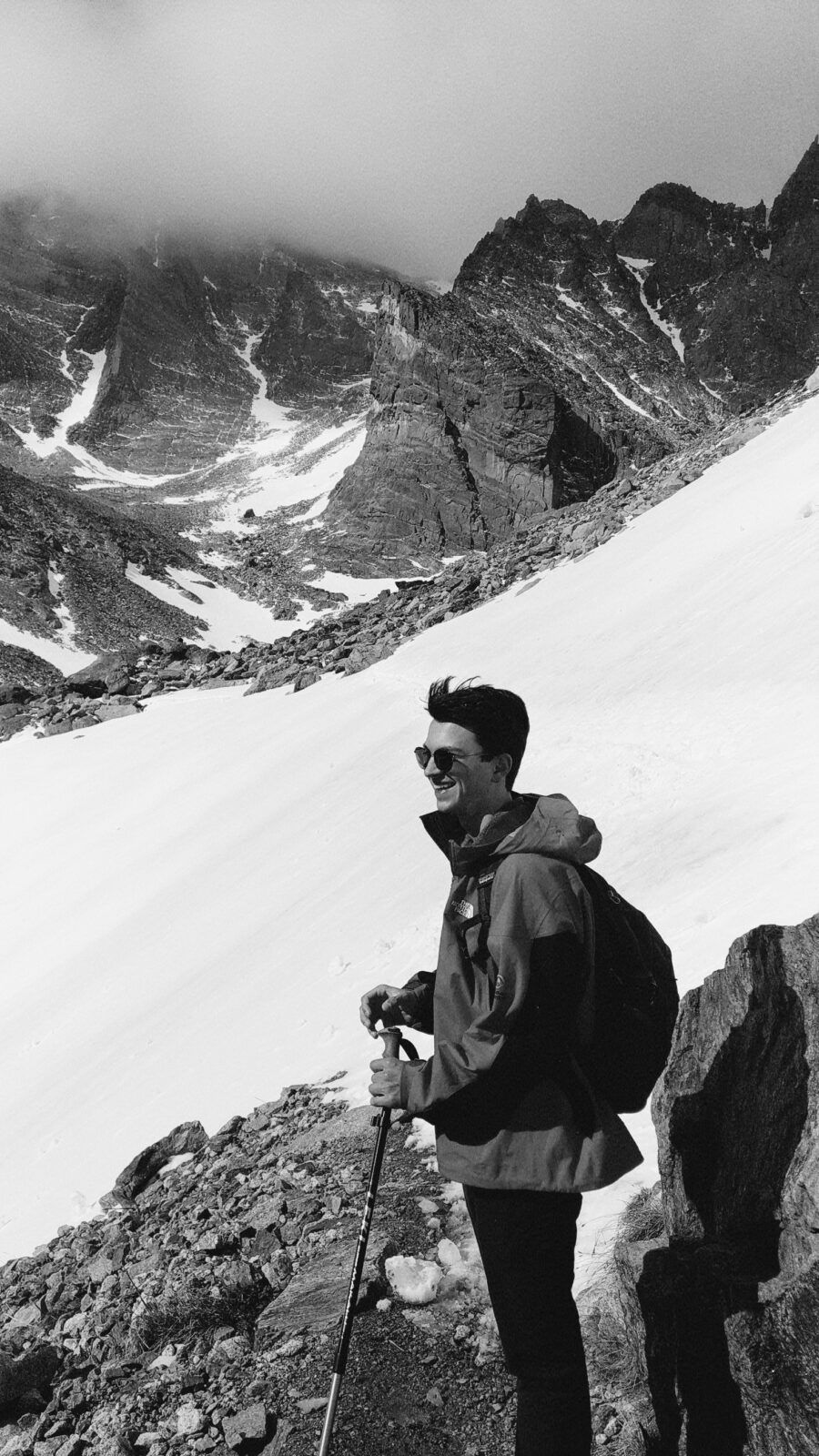Leaving it to Beavers
February 17, 2023
February 17, 2023
By Garrick Bateman, Conservancy Intern
Even in the sleepiness of winter, a keen eye can’t help but notice the signs the beavers left us. Of course, some of them are more obvious than others. The most obvious–a series of interpretative signs along the Liberty Lake Loop trail–weren’t left by beavers at all. As for the buck-toothed little engineers themselves, they’re not here at the moment, but they have left a lasting impression on the wetland landscape.

Beavers have had a somewhat troubled past in the Liberty Lake watershed. Like many mammals that inhabit the intersection between wildlands and residential areas, they have been historically perceived as pests, though their influence on wetland ecosystems is anything but pestering. Though they may not know it, the beavers at Liberty Lake were hired as architectural consultants of a sort when they moved back into their old home at Liberty Creek in the early 2000s. This is all because beavers, through damming creeks and streams, transform running water ecosystems into wetland ecosystems. For the Liberty Lake region, the benefits of this are innumerable. One of the most notable is water quality. The lake had seen its water quality seriously deteriorate before the beavers moved back in, likely because the flow of water from Liberty Creek had been substantially disrupted by purposeful stream diversion. The result was an uninterrupted flow of nutrients from the creek that had the unintended consequence of nourishing pesky algal blooms.
As fate would have it, nature’s four-footed engineers have a solution for that.
When creating dams, beavers create ponds that can trap and filter nutrient-rich sediments, the same exact ones that create those unattractive and potentially dangerous algal blooms. Moreover, beaver ponds create excellent fish habitat, maintain water retention by raising the water table, and keep native plants happy and healthy.

The problem that a lot of residents have all over the country is that beavers, while excellent engineers, are non-discerning when it comes to what or where they dam. Near the start of the beaver’s re-occupation of Liberty Creek, their dams threatened an illegal social trail that residents often used. In other cases, beaver dams have caused streams to divert into the backyards of unsuspecting residents. Unsurprisingly, beavers have not always been a favorite species of suburban communities, but perhaps there are ways to resolve this misunderstanding. With the help of groups like the Conservancy, landscapes can be restored to benefit not just beavers, but human communities as well. After all, nobody wants to see their favorite lake overtaken by algae.
Standing here on the land the Conservancy helped Spokane County to protect decades ago, the misunderstanding between human and beaver seems at an icy standstill. Everything is as passive as the reeds frozen in their beaver ponds. A calm, nonplussed wintery chill rambles through the bunches of wheatgrass that have somehow managed to avoid being matted down by snow.

While I walk, I come across a ponderosa. This place is a graveyard for them now. As the beavers restore the wetland, the landscape changes and the ponderosas are pushed farther away from the water. The one I have found is dying too. Luckily for me, it’s a quiet enough day that I don’t miss the sound of a woodpecker making itself a home in the soft and pliable bark. It is hard, at first, to see swaths of dying ponderosas as a good thing. It is equally difficult to see beavers damming your beloved walking path as a good thing–but then again, maybe we’re just not looking at any of this with the right eyes. As with all animals, beavers are bound to cause some problems with human neighbors living so close, but as it stands, they figured out the simplest, most effective way to engineer healthy wetlands years before humans came along to try and figure it out for themselves. The little northern flicker setting up shop in a vacant ponderosa is reason enough to believe the beavers know what they’re doing. It seems fitting that now, after a century-long misunderstanding, humans should be trying to give them their old job back.
Want to visit the Liberty Creek Trail? Your Conservancy helped protect the cedar forest on this trail, and continues to work to protect places where our community can fall in love with nature.